Chances are, you use computers in the workplace, and while they’re helpful in a multitude of ways, they can cause eye strain. That eye strain can lead to blurry vision and even headaches and neck pain.
According to recent studies, as many as 90% of people who spend extended time in front of digital screens experience some sort of eye strain or related eye issues. While giving up computers all together may not be an option, you can take steps to keep your eyes safe while on the job and at home. Our experts at McDonald Eye Care Associates discuss practical tips to protect your eyes from eye strain.
Scheduling a comprehensive eye exam is one of the key steps in preventing eye strain related to computer screens. Our team at McDonald Eye Associates offers comprehensive eye exams to detect any visual issues and can explain how to keep your eyes safe from eye strain while at work.
People have a habit of sitting close to their computer screen, but sitting too close to your screen contributes to eye strain. Adjusting your screen position is a simple and easy step you can take to protect your eyes. You should sit at least 20-30 inches away from your screen and position the top of your screen at eye level. This not only reduces the chances of eye strain; it prevents neck strain.
When it comes to screen time in the workplace, lighting is everything. Offices that have too much natural or artificial light increase glare on your screen, which spells trouble for your eyes. Try tackling the glare in your office to ease the strain on your eyes.
Depending on your office setup, you may need to partially close blinds or draw shades halfway closed. You may also need to turn off any harsh lights or position your screen to prevent direct sunlight from causing glare.
Anti-glare screen filters are a simple way to cut down on the amount of light that reflects off of your computer screen while you work.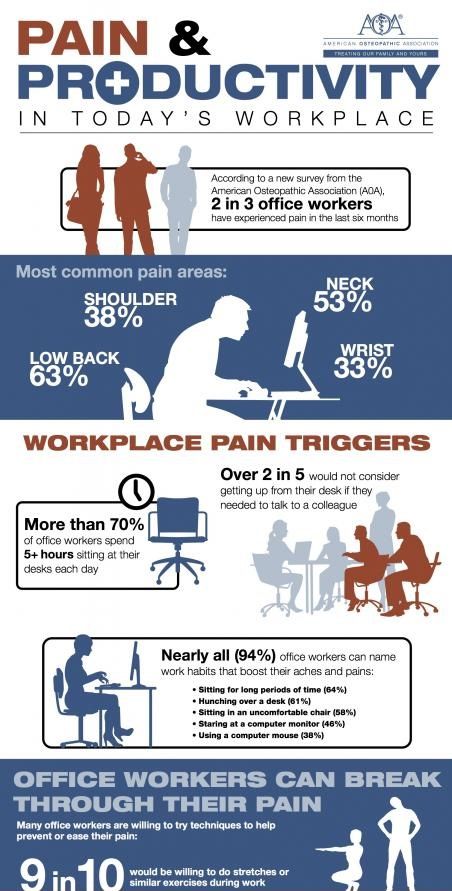 The result is a more pleasant viewing experience that won’t result in eye fatigue and strain.
The result is a more pleasant viewing experience that won’t result in eye fatigue and strain.
Anti-glare glasses have a coating that reduces glare and reflections to protect your eyes. This is an excellent option if you use laptops, cell phones, and other devices along with standard desktop computers.
Rest breaks for your eyes are something your grandparents didn’t have to plan into their day. But today we spend more and more time at our computer screens and need to consider giving our eyes a rest throughout the day. It’s best to give your eyes a short break after every two hours of continuous screen time. This could mean taking a five-minute walk to the watercooler during your workday.
Electronic manufacturers are pushing the boundaries with vivid screens that display colors and images that appear vibrant and bright. While this may look stunning, your eyes weren’t meant to look at bright, vivid screens for hours at a time. Going into your computer’s settings and turning down the brightness and backlight can go a long way in preventing eye strain.
Going into your computer’s settings and turning down the brightness and backlight can go a long way in preventing eye strain.
If you use a traditional desktop, consider upgrading your monitor. LCD monitors are more gentle on your eyes than older technologies. A high-resolution LCD monitor is able to display crisp, sharp images without problems with flicker, so your eyes are in less jeopardy when working at the computer.
Did you know that when you stare at a screen for long periods of time it causes you to blink less often? When you blink less, your eyes can become dry and irritated, increasing the risk of eye problems. When at the computer, make it a point to blink normally and fully. If you find that your eyes feel dry, use artificial years to keep them moist.
At McDonald Eye Care Associates, we are a full-service eye care practice. For more information or to schedule a routine exam, call our Lakeville, Minnesota, office.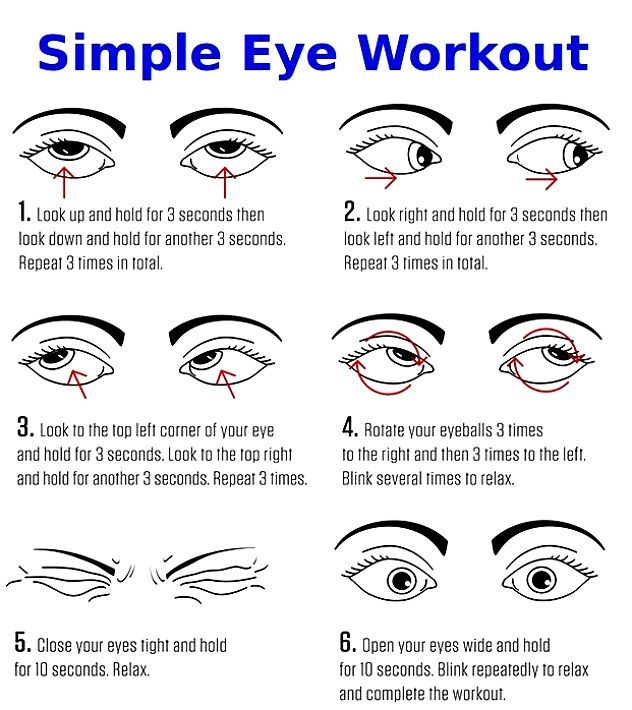
By Gary Heiting, OD, and Larry K. Wan, OD
It seems like everyone is staring at a computer screen, phone or other digital device these days. It's causing a widespread problem called digital eye strain.
Symptoms of digital eye strain include:
Research sponsored by The Vision Council showed that 59% of people who routinely use computers and digital devices experience symptoms of digital eye strain (also known as computer eye strain or computer vision syndrome).
Here are 10 easy steps you can take to reduce your risk of eye strain and the symptoms that go along with it:
An annual comprehensive eye exam is the most important thing you can do to prevent or treat computer vision problems. During your exam, be sure to tell your eye doctor how often you use a computer and digital devices at work and at home.
Measure how far your eyes are from your screen when you sit at your computer, and bring this measurement to your exam so your eye doctor can test your eyes at that specific working distance.
SEE RELATED: How to choose an eye doctor
Eye strain often is caused by excessively bright light either from outdoor sunlight coming in through a window or from harsh interior lighting.
When you use a computer, your ambient lighting should be about half as bright as that typically found in most offices.
Eliminate exterior light by closing drapes, shades or blinds. Reduce interior lighting by using fewer light bulbs or fluorescent tubes, or use lower intensity bulbs and tubes.
Also, if possible, position your computer screen so windows are to the side, instead of in front or behind it.
Many computer users find their eyes feel better if they can avoid working under overhead fluorescent lights. If possible, turn off the overhead fluorescent lights in your office and use floor lamps that provide indirect "soft white" LED lighting instead.
Sometimes switching to "full spectrum" fluorescent lighting that more closely approximates the light spectrum emitted by sunlight can be more comforting for computer work than regular fluorescent tubes. But even full spectrum lighting can cause discomfort if it's too bright.
Try reducing the number of fluorescent tubes installed above your computer workspace if you are bothered by overhead lighting.
Glare from light reflecting off walls and finished surfaces, as well as reflections on your computer screen also can cause computer eye strain. Consider installing an anti-glare screen on your display and, if possible, paint bright white walls a darker color with a matte finish.
If you wear glasses, consider buying lenses with anti-reflective (AR) coating. AR coating reduces glare by minimizing the amount of light reflecting off the front and back surfaces of your eyeglass lenses.
If you have not already done so, replace your old tube-style monitor (called a cathode ray tube or CRT) with a flat-panel LED (light-emitting diode) screen with an anti-reflective surface.
Old-fashioned CRT screens can cause a noticeable "flicker" of images, which is a major cause of computer eye strain. Even if this flicker is imperceptible, it still can contribute to eye strain and fatigue during computer work.
To ease eye strain, make sure you use good lighting and sit at a proper distance from the computer screen.
Complications due to flicker are even more likely if the refresh rate of the monitor is less than 75 hertz (Hz). If you must use a CRT at work, adjust the display settings to the highest possible refresh rate.
When choosing a new flat panel display, select a screen with the highest resolution possible. Resolution is related to the "dot pitch" of the display. Generally, displays with a lower dot pitch have sharper images. Choose a display with a dot pitch of .28 mm or smaller.
Also, choose a relatively large display. For a desktop computer, select a display that has a diagonal screen size of at least 19 inches.

Adjusting the display settings of your computer can help reduce eye strain and fatigue. Generally, these adjustments are beneficial:
Brightness: Adjust the brightness of the display so it's approximately the same as the brightness of your surrounding workstation. As a test, look at the white background of this Web page. If it looks like a light source, it's too bright. If it seems dull and gray, it may be too dark.
Text size and contrast: Adjust the text size and contrast for comfort, especially when reading or composing long documents. Usually, black print on a white background is the best combination for comfort.
Color temperature: This is a technical term used to describe the spectrum of visible light emitted by a color display. Blue light is short-wavelength visible light that is associated with more eye strain than longer wavelength hues, such as orange and red. Reducing the color temperature of your display lowers the amount of blue light emitted by a color display for better long-term viewing comfort.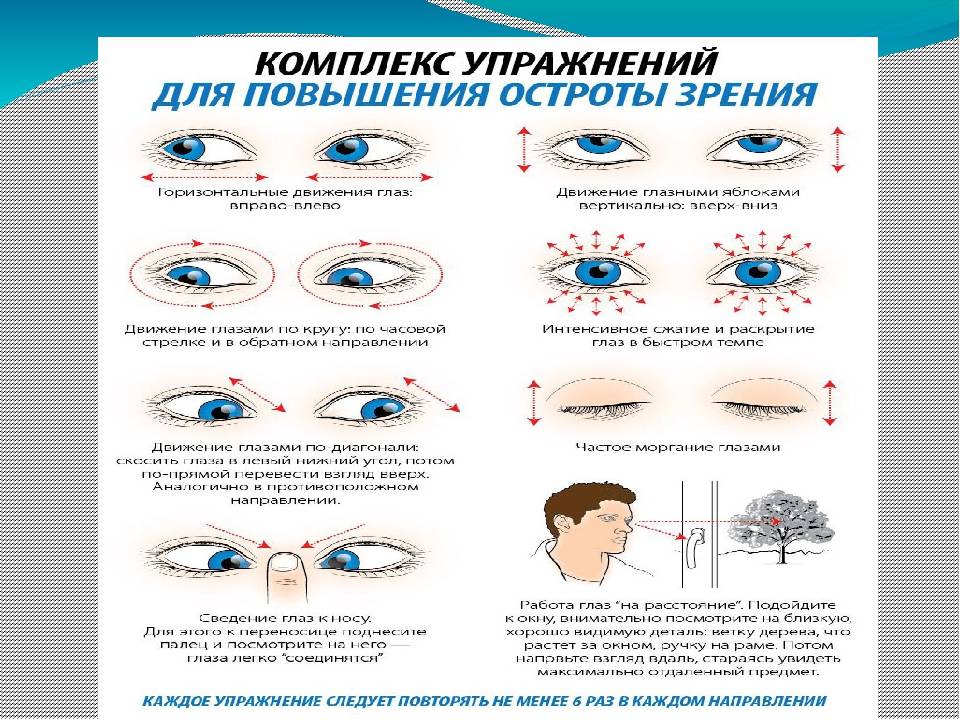
SEE RELATED: Blue light facts
Blinking is very important when working at a computer; it moistens your eyes to prevent dryness and irritation.
When staring at a screen, people blink less frequently — only about one-third as often as they normally do — and many blinks performed during computer work are only partial lid closures, according to studies.
Tears coating the eye evaporate more rapidly during long non-blinking phases and this can cause dry eyes. Also, the air in many office environments is dry, which can increase how quickly your tears evaporate, placing you at greater risk for dry eye problems.
If you experience dry eye symptoms, ask your eye doctor about artificial tears for use during the day.
By the way, don't confuse lubricating eye drops with the drops formulated to "get the red out." The latter can indeed make your eyes look better — they contain ingredients that reduce the size of blood vessels on the surface of your eyes to "whiten" them.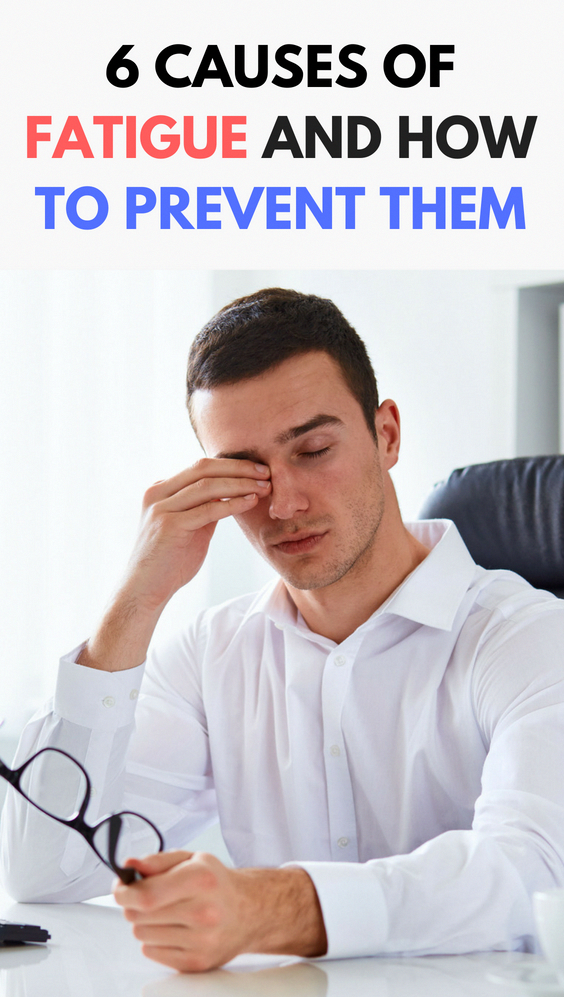 But they are not necessarily formulated to reduce dryness and irritation.
But they are not necessarily formulated to reduce dryness and irritation.
To reduce your risk of dry eyes during computer use, try this exercise: Every 20 minutes, blink 10 times by closing your eyes as if falling asleep (very slowly). This will help rewet your eyes.
READ MORE: How many times do we blink in a day?
Another cause of computer eye strain is focusing fatigue. To reduce your risk of tiring your eyes by constantly focusing on your screen, look away from your computer at least every 20 minutes and gaze at a distant object (at least 20 feet away) for at least 20 seconds.
Some eye doctors call this the "20-20-20 rule." Looking far away relaxes the focusing muscle inside the eye to reduce fatigue.
Another exercise is to look far away at an object for 10-15 seconds, then gaze at something up close for 10-15 seconds. Then look back at the distant object. Do this 10 times. This exercise reduces the risk of your eyes' focusing ability to "lock up" (a condition called accommodative spasm) after prolonged computer work.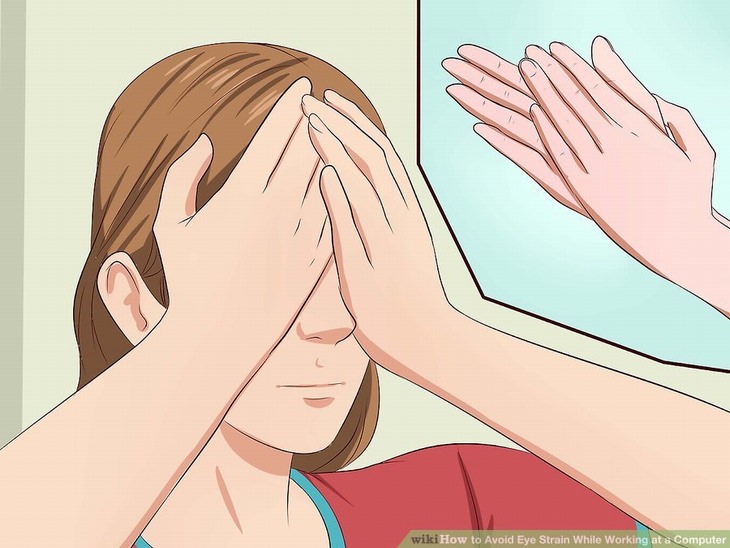
Both of these exercises will reduce your risk of computer eye strain. Also, remember to blink frequently during the exercises to reduce your risk of computer-related dry eye.
To reduce your risk for computer vision syndrome and neck, back and shoulder pain, take frequent screen breaks during your work day (at least one 10-minute break every hour).
During these breaks, stand up, move about and stretch your arms, legs, back, neck and shoulders to reduce tension and muscle fatigue.
If you need to look back and forth between a printed page and your computer screen, place the written pages on a copy stand adjacent to your screen.
Light the copy stand properly. You may want to use a desk lamp, but make sure it doesn't shine into your eyes or onto your computer screen.
Poor posture also contributes to computer vision syndrome. Adjust your workstation and chair to the correct height so your feet rest comfortably on the floor.
Position your computer screen so it's 20 to 24 inches from your eyes. The center of your screen should be about 10 to 15 degrees below your eyes for comfortable positioning of your head and neck.
For the greatest comfort at your computer, you might benefit from having your eye doctor modify your eyeglasses prescription to create customized computer glasses.
This is especially true if you normally wear contact lenses, which may become dry and uncomfortable during extended screen time.
Computer glasses also are a good choice if you wear bifocals or progressive lenses, because these lenses generally are not optimal for the distance to your computer screen.
Also, you may want to consider photochromic lenses or lightly tinted lenses for computer eyewear to reduce your exposure to potentially harmful blue light emitted by digital devices. Ask your eye doctor for details and advice.
READ MORE: How computer glasses can help computer vision syndrome
Blink rate, blink amplitude, and tear film integrity during dynamic visual display terminal tasks. Current Eye Research. March 2011.
Computer Workstations. U.S. Department of Labor, Occupational Safety & Health Administration. Accessed on OSHA website. June 2010.
Computer Ergonomics. U.S. Centers for Disease Control and Prevention. Accessed on CDC website. June 2010.
Strategic rest breaks reduce VDT discomforts without impairing productivity, NIOSH study finds. National Institute for Occupational Safety and Health (NIOSH). Published on CDC/NIOSH website. February 2009.
Supplementary breaks and stretching exercises for data entry operators: A follow-up field study. American Journal of Industrial Medicine. July 2007.
Occupational health aspects of working with video display terminals. Environmental and Occupational Medicine. 3rd ed. 1998. Philadelphia: Lippincott-Raven, pp.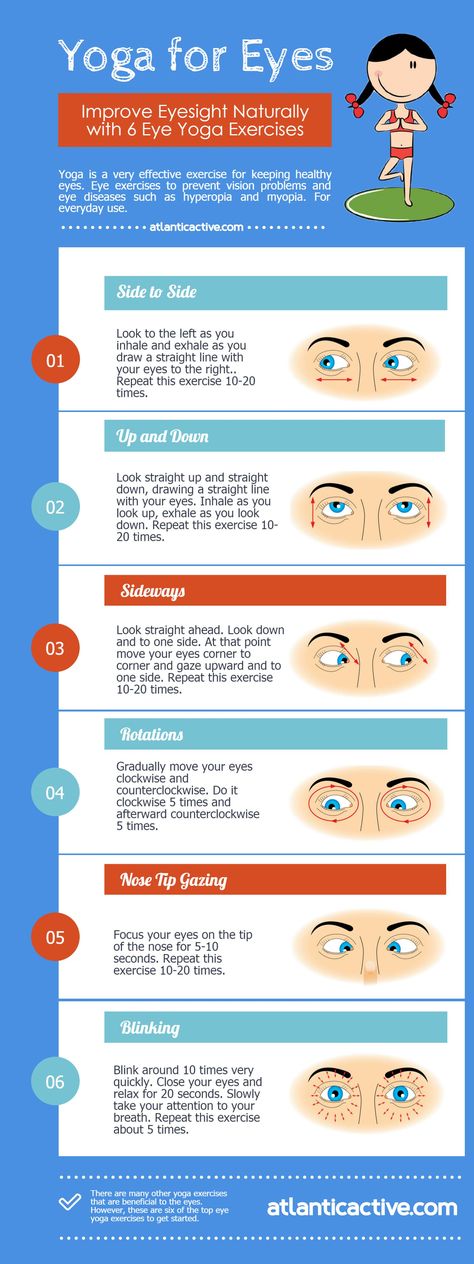 1333-1344.
1333-1344.
Page published on Wednesday, February 27, 2019
Eye health is directly related to whether you can control the load on your eyesight and provide your eyes with sufficient rest. Experts from the Lucky Look federal network of opticians tell you how to relieve eye fatigue and reduce eye strain if you work at a computer.
Sign up for a free vision test
Contents
Any visual discomfort indicates that it is time to take a break from work and give the eyes a chance to rest. Experts identify the main symptoms that indicate an overstrain of the visual system:

Be careful, these symptoms can also signal the presence of serious visual impairment! To rule out negative scenarios, you need visit an ophthalmologist.
Increased visual fatigue can indicate serious disorders, so do not put off a visit to the ophthalmologist
Why does vision deteriorate? The main causes of this phenomenon are distinguished:
High eye strain. This is often faced by schoolchildren and students who are forced to read and write a lot, as well as office workers whose activities involve continuous sitting at a computer or reading documents.
Also, if you are fond of computer games, like to watch TV shows on your mobile gadgets - smartphones or tablets - or spend all your free time with a book, your eyes are also exposed to a high load.
In order to minimize problems with this lifestyle, it is necessary to take breaks as often as possible and give the eyes regular rest.
Computer vision syndrome. This is a whole complex of symptoms, which is caused by overexertion of the visual system due to prolonged use of the computer. The reason for the development of the symptom is not so much the need to look at the monitor for a long time, but the functional change in your posture, eyes, neck. For example, the constant sliding of the gaze from the keyboard to the monitor and back leads to accommodative asthenopia, which is manifested by discomfort, eye fatigue, pain, pain in the superciliary region, blurred vision of the object of fixation.
Subsequently, this can cause problems such as myopia (nearsightedness), accommodation spasm (inability to focus on small objects and details) and dry eye syndrome.
Properly organized workplace and touch typing skills will help to minimize the harm from constant work at the computer.
Dry eye syndrome. Often appears on the basis of computer vision syndrome, develops due to insufficient moistening of vision: with concentrated work at a computer, a person blinks less often, as a result of which the tear film dries up.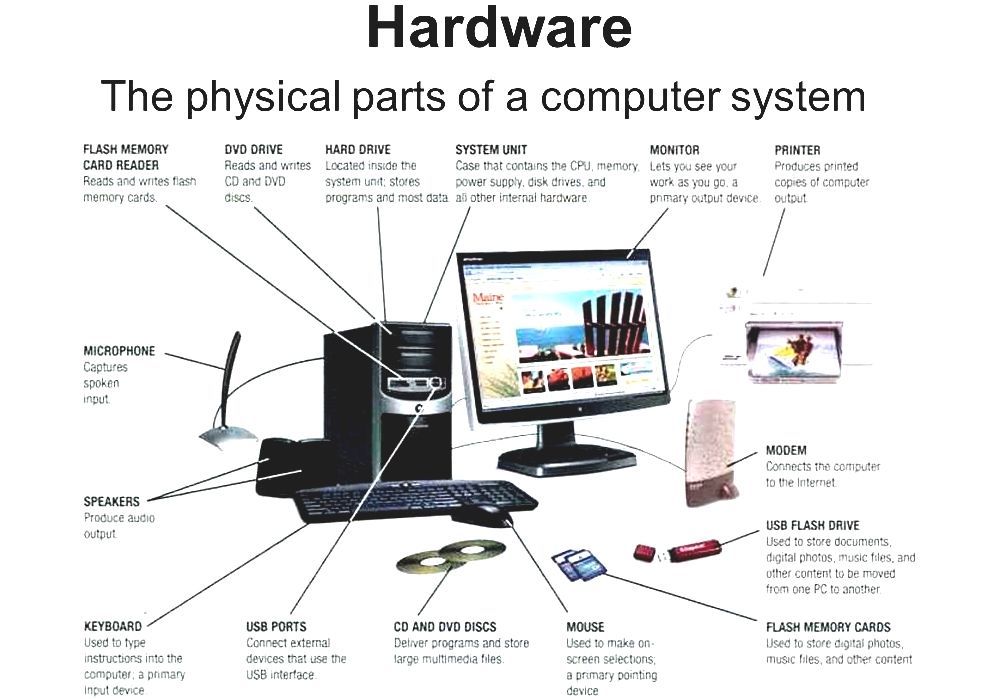 Plus - the air near the computer heats up and also becomes dry.
Plus - the air near the computer heats up and also becomes dry.
Organize your workplace and use special glasses for working at the computer
In the summer season, when air conditioners are in operation, the pathological effect of dry air on the eyes only intensifies. And if you use contact lenses, the syndrome develops even faster.
To reduce the negative impact of external factors and provide more comfortable conditions for the eyes, place a humidifier near your workplace. Also buy moisturizing drops (choose them with the help of an ophthalmologist) and use them several times a day. Try to blink as often as possible.
During a break, do light eye exercises:
To maintain the effect, apply moisturizing drops selected by an ophthalmologist to your eyes. Do not self-medicate, be sure to seek help from a specialist - moisturizing drops come in different viscosities, they can have a healing effect, or they can simply moisten the surface of the eye. Only an ophthalmologist will determine what exactly your vision needs and select the necessary remedy.
Sign up for a free vision test
By the way, gymnastics also requires prior consultation with a doctor. Make sure you have no contraindications. Also, the ophthalmologist can advise other types of gymnastics.
There are several rules that must be observed in everyday life. Thanks to this, you can significantly reduce the load on your eyesight, and your eyes will get tired much less.
If you work at a computer, the first thing you need to do is to properly organize your workplace.
The health of your eyes depends on your daily habits. Hygiene of vision allows you to maintain good health and reduces eye fatigue, even under conditions of increased stress.
Sign up for a free vision test
Simple exercises that should be done regularly throughout the day will help to quickly relieve fatigue from the eyes. But this is not enough! To make your eyes less strained and tired, it is important to provide the right conditions:
Remember that you need to consult an ophthalmologist before doing gymnastics! Moisturizing drops should also be selected by a specialist.
Dryness or irritation, gritty feeling in the eyes, blurred vision, increased sensitivity to light, pain in the neck, shoulders or back are symptoms familiar to millions of people. We tell you whether excessive eye strain is dangerous for vision, whether glasses are needed and how to deal with unpleasant symptoms.
The cause of eye fatigue is any activity that requires straining eyesight for a long time: working at a computer, reading and writing, doing small types of needlework, long driving. Incorrectly selected glasses can also cause fatigue.
Asthenopia, otherwise called visual fatigue, occurs when the muscles responsible for the movement of the eyeballs and changes in the curvature of the lens, that is, the focus of vision, are overstrained. Asthenopia reduces productivity and causes discomfort, but in general it is not dangerous and passes if measures are taken to eliminate it in time. If systematic eye strain is ignored, complications are possible up to a permanent deterioration of vision.
Types of asthenopia:
In addition to affecting vision, asthenopia reduces the immunity of the eyes to infections. Against the background of overwork of the eye muscle, conjunctivitis and blepharitis (inflammation of the eyelids) can develop.
A special form of asthenopia is computer vision syndrome. The reason for it, as you can easily guess by the name, is a long work at the computer. You are probably familiar with this syndrome if you spend more than three hours a day in front of a computer. As a rule, rest and prevention help to quickly return vision to normal. But if you start the problem, permanent damage to the eyes is possible.
If you work long hours on the computer or have to focus on small objects, you won't be able to completely avoid asthenopia. But proper preventive measures help reduce unpleasant symptoms and preserve vision.